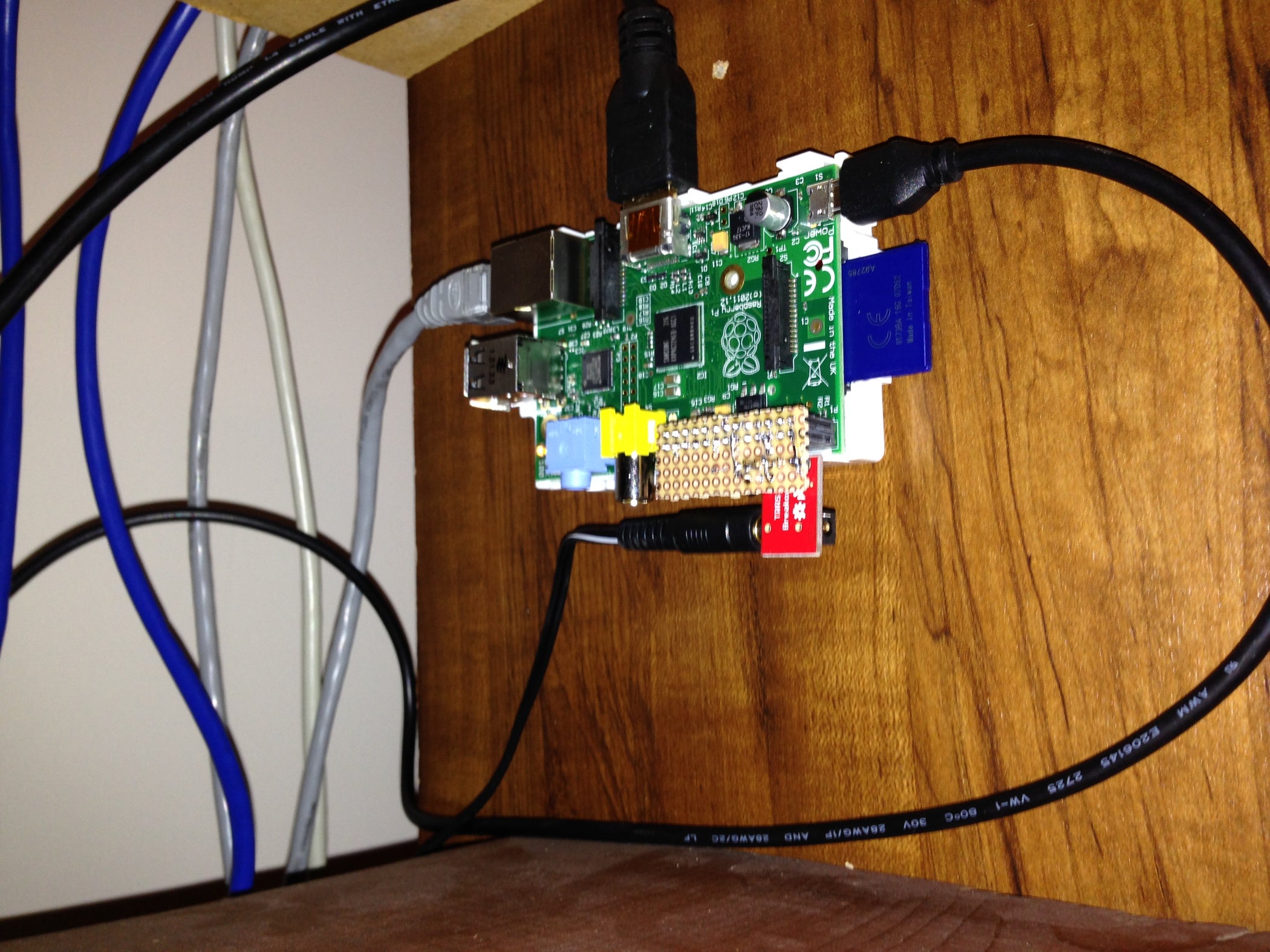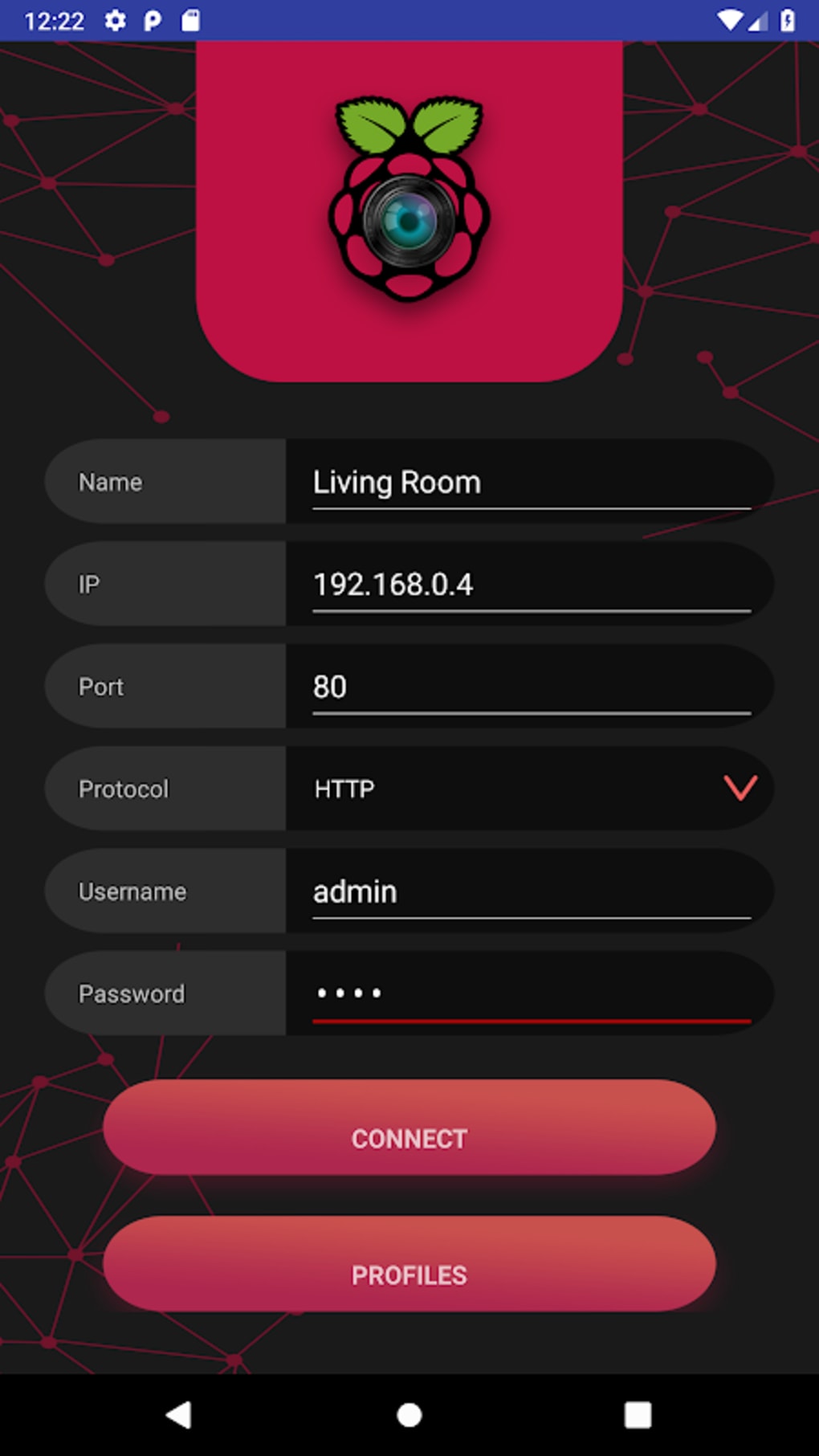Are you tired of physically accessing your Raspberry Pi every time you need to update its software or firmware? The ability to remotely update your Raspberry Pi is not just a convenience; its a necessity for anyone managing multiple devices or seeking to streamline their projects.
At its core, a Raspberry Pi remote update download is the process of updating your Pis software or firmware without being physically present. This encompasses a range of actions, from installing new software packages and applying crucial security patches to even upgrading the operating system itself. The implications are significant, ranging from enhanced security to maintained compatibility and overall improved functionality.
Before diving into the specifics, it is helpful to understand the fundamental advantages of remote updates. Firstly, they save time and effort. Imagine updating the software on a Raspberry Pi deployed in a remote location. Without remote update capabilities, you'd be forced to travel, which can be both costly and time-consuming. Secondly, remote updates significantly enhance security. Regular updates are crucial for patching vulnerabilities and protecting your device from potential threats. Moreover, remote updates allow you to maintain the latest software versions, which is essential for compatibility with new features and applications. The Raspberry Pi Foundation regularly releases new versions of the operating system, underscoring the importance of keeping your system current.
Let's delve deeper into what makes remote update on your Raspberry Pi not just possible but also a practical solution for the modern maker and developer. This involves exploring essential tools and strategies to secure a smooth and efficient update process. Following the steps, youll be well-equipped to manage your Raspberry Pi projects remotely, enhancing both security and operational efficiency.
The following table provides a detailed look at the essential aspects of understanding and implementing remote update downloads for your Raspberry Pi:
| Category | Details |
|---|---|
| Definition | The process of updating a Raspberry Pi's software or operating system without physical presence. |
| Importance | Saves time and effort, enhances security by patching vulnerabilities, and maintains compatibility with the latest software versions. |
| Benefits |
|
| Core Components |
|
| Tools & Technologies |
|
| Security Considerations |
|
| Best Practices |
|
The journey of mastering remote updates begins with setting up remote access to your Raspberry Pi. This often involves enabling SSH (Secure Shell) or utilizing VNC (Virtual Network Computing) for remote desktop access. SSH allows for command-line access, which is ideal for executing updates directly. VNC, on the other hand, provides a graphical interface, making it easier to manage the system visually. Both are crucial, but their implementation requires careful attention to security.
Security forms the bedrock of any remote update strategy. Its essential to implement robust security measures to protect your Raspberry Pi from unauthorized access. Start with strong, unique passwords for SSH access. It is not advisable to use common passwords; instead, opt for complex, hard-to-guess passwords, or implement key-based authentication. Limit SSH access to specific IP addresses by setting up firewall rules. This prevents unauthorized connections from outside your trusted network. Regularly update your Raspberry Pi OS to patch security vulnerabilities. The Raspberry Pi Foundation regularly releases updates, and installing these updates promptly is essential to address any identified security flaws.
Before you start, ensure that you have the necessary equipment and software ready. This will streamline the entire process. Essential components include:
- A Raspberry Pi (any model compatible with the latest Raspberry Pi OS).
- An SD card with at least 8GB of storage (for the operating system).
- An SD card reader (for installing the operating system).
- A computer with an internet connection.
- A network connection for the Raspberry Pi.
Now, install the Raspberry Pi OS. Raspberry Pi Imager is the easiest way to install the operating system onto your microSD card. Download and install the Raspberry Pi Imager to a computer equipped with an SD card reader. Put the SD card youll use with your Raspberry Pi into the card reader. Open the Raspberry Pi Imager, select the operating system you want to install (Raspberry Pi OS), and choose the SD card as the storage device. Then, write the image to the SD card. Once the image has been written, insert the SD card into your Raspberry Pi.
Next, configure your Raspberry Pi for remote access. This involves enabling SSH and configuring your network settings. You may need to connect your Raspberry Pi to a monitor, keyboard, and mouse for the initial setup. Once the operating system is installed on the SD card, boot up your Raspberry Pi. Connect to your network, either through Ethernet or Wi-Fi. Enable SSH in the Raspberry Pi configuration; this is usually done in the raspi-config settings, accessible from the command line.
To connect to your Raspberry Pi from a remote location, youll need to know its IP address. You can find this in your router settings or by using a network scanner. If your IP address is dynamic, consider setting up a static IP address or using a dynamic DNS service to ensure you can always access your Pi.
Once you have set up remote access and security protocols, the next step is to perform the actual updates. This is typically done using the command-line interface (CLI) through SSH. The process of updating your Raspberry Pi OS involves running several commands. Before running any update commands, it's always a good practice to update the package lists: sudo apt update. This ensures that your system has the latest information about available packages and their versions.
After updating the package lists, upgrade the installed packages. The command "sudo apt upgrade" upgrades all installable packages. This includes security patches and updates for installed software. Once the upgrade is complete, you might want to upgrade the firmware, which can sometimes be done with sudo rpi-update. However, use this command with caution as it can sometimes lead to instability. Review any relevant release notes before running it.
For any remote update process, it is crucial to avoid common pitfalls. One common problem is connectivity issues, which might interrupt the update process. A reboot can often resolve connectivity problems. Another common challenge is permission errors. If you encounter permission errors when performing remote updates, it is possible that your user account does not have the required privileges. You might need to use sudo before running commands or adjust the permissions of the files or directories youre trying to update.
Now, let's delve deeper into the practical aspects of remote code updates, which can be a game-changer for managing multiple Raspberry Pi devices. Imagine having to manually update code on dozens of Raspberry Pi's. It's not only impractical but incredibly time-consuming. The ability to remotely update code streamlines development, deployment, and maintenance efforts.
This is where tools like Rclone, coupled with the correct commands, become invaluable. Rclone allows you to sync files and directories between different cloud storage services and your Raspberry Pi. Configuring Rclone requires a bit of initial setup. Preparing your Raspberry Pi for Rclone is the first step; this involves ensuring that your Raspberry Pi has the necessary software and dependencies to install Rclone. The key is to make the process as straightforward as possible, especially when dealing with many devices. Once Rclone is set up on your Raspberry Pi, you can begin to sync files.
To effectively use Rclone for remote updates, follow these steps. First, ensure that Rclone is installed and configured on your Raspberry Pi. This will typically involve downloading and installing Rclone from the command line, then configuring it to connect to your desired cloud storage provider (e.g., Google Drive, Dropbox). Next, upload the code to be updated into the cloud storage. Organize your code into a folder in your cloud storage that is accessible by Rclone. This can be a project folder or a specific directory structure.
Then, on your Raspberry Pi, use Rclone to download the updated code. This is done by using the Rclone sync command, which copies files and directories from your cloud storage to your Raspberry Pi. For example, the command "rclone sync cloud_storage:path_to_code /home/pi/project_directory" will sync the files from the cloud storage to the local directory. Regularly update your Raspberry Pi to patch security vulnerabilities. Use the appropriate commands and ensure you have the correct permissions. Regularly updating the operating system ensures that you have the latest security patches.
Another aspect to consider is the importance of regular updates. Updating your Raspberry Pi OS is important for two key reasons: to get the latest security patches and features, and to maintain compatibility with new software. Security patches are designed to address vulnerabilities that could expose your device to threats. Compatibility updates ensure that your Raspberry Pi can run the latest software without issues. The Raspberry Pi Foundation releases a new version of the operating system every few months, so its recommended that you update your system regularly.
The following provides a quick overview of a simple command that helps with updating the operating system:
sudo apt update && sudo apt upgrade -yThe command first updates the package lists from the repositories, and then it upgrades the installed packages to their latest versions. The -y flag automatically answers yes to all prompts, streamlining the process. This is often used for its simplicity, but always ensure you understand the implications before using this approach.
The use of firewalls is essential in securing your Raspberry Pi. Firewalls control network traffic and protect your device from unauthorized access. The basic process involves setting up rules to restrict incoming and outgoing connections. For example, you can configure a firewall to allow SSH access only from specific IP addresses. Tools like UFW (Uncomplicated Firewall) simplify the process of setting up firewall rules. By limiting SSH access to trusted IP addresses, you significantly reduce the risk of unauthorized access.
The security updates are very important. Many updates are aimed at strengthening the security of your systems. The Raspberry Pi Foundation releases updates for the operating system, and these updates often include security patches. It is necessary to install the downloaded updates after downloading them. Consider using automated update scripts. These can be scheduled to run at regular intervals, ensuring that your system stays up-to-date with the latest patches and features. This is especially useful for devices you manage remotely.
Finally, its worth noting that various third-party solutions are available to simplify the process. These solutions often offer user-friendly interfaces and additional security features, making remote updates more accessible and manageable. Download links and instructions for remote.it products for Windows, Mac, and Linux, as well as device packages for Raspberry Pi are available. These can include remote access tools or platforms. Some allow you to download the viewer only app for remote access from the Microsoft Store.
By applying the best practices described, you can significantly improve your remote update process and protect your Raspberry Pi from potential security threats. From understanding basic concepts to implementing robust security measures and utilizing reliable tools, you are now well equipped to download and implement the best remote update solutions. This approach ensures that your device runs the latest software, patches vulnerabilities, and improves overall functionality. The key is to be proactive, stay informed, and consistently apply these techniques to create a secure and efficient remote update strategy for your Raspberry Pi projects.


